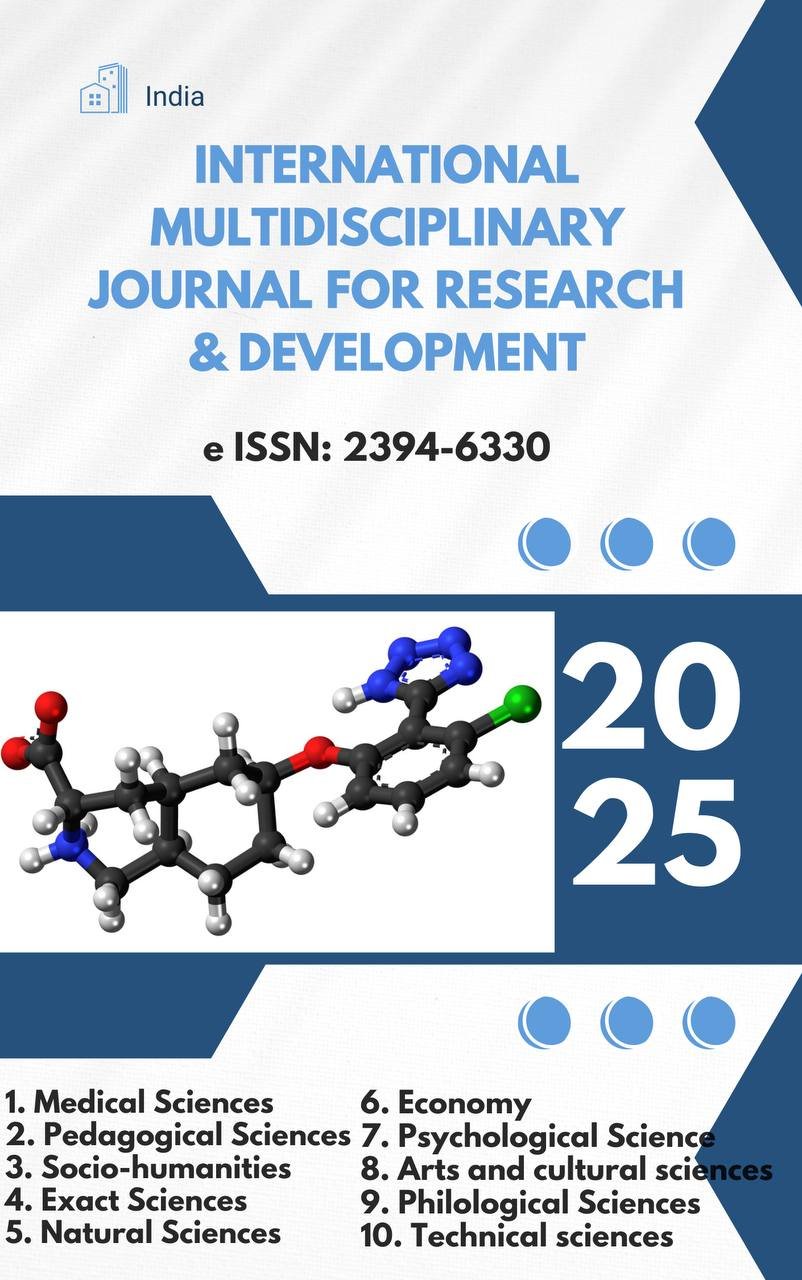ANATOMICAL AND FUNCTIONAL CHARACTERISTICS OF THE HUMAN HEART: CLINICAL AND EDUCATIONAL PERSPECTIVES

Abstract
The human heart is a vital organ responsible for maintaining circulatory homeostasis by continuously pumping blood throughout the body. Its anatomical design, structural organization, and functional mechanisms provide a unique example of the interdependence between form and function. This article presents an overview of the gross and microscopic anatomy of the heart, highlighting its chambers, valves, vascular supply, and conduction system. The study employs a descriptive review of classical anatomical sources and clinical literature to demonstrate the significance of heart anatomy in both medical education and clinical practice. The results indicate that precise anatomical knowledge of the heart is essential for understanding cardiovascular physiology and for guiding clinical procedures such as cardiac surgery, catheterization, and imaging-based diagnosis.
Keywords
heart anatomy, cardiovascular system, conduction system, clinical relevance, medical education
References
- Moore, K. L., Dalley, A. F., & Agur, A. M. Clinically Oriented Anatomy. Wolters Kluwer, 2018.
- Netter, F. H. Atlas of Human Anatomy. Elsevier, 2019.
- Standring, S. Gray’s Anatomy: The Anatomical Basis of Clinical Practice. Elsevier, 2021.
- Guyton, A. C., & Hall, J. E. Textbook of Medical Physiology. Elsevier, 2016.
- Braunwald, E. Braunwald’s Heart Disease: A Textbook of Cardiovascular Medicine. Elsevier, 2019.
- Marieb, E. N., & Hoehn, K. Human Anatomy & Physiology. Pearson, 2020.